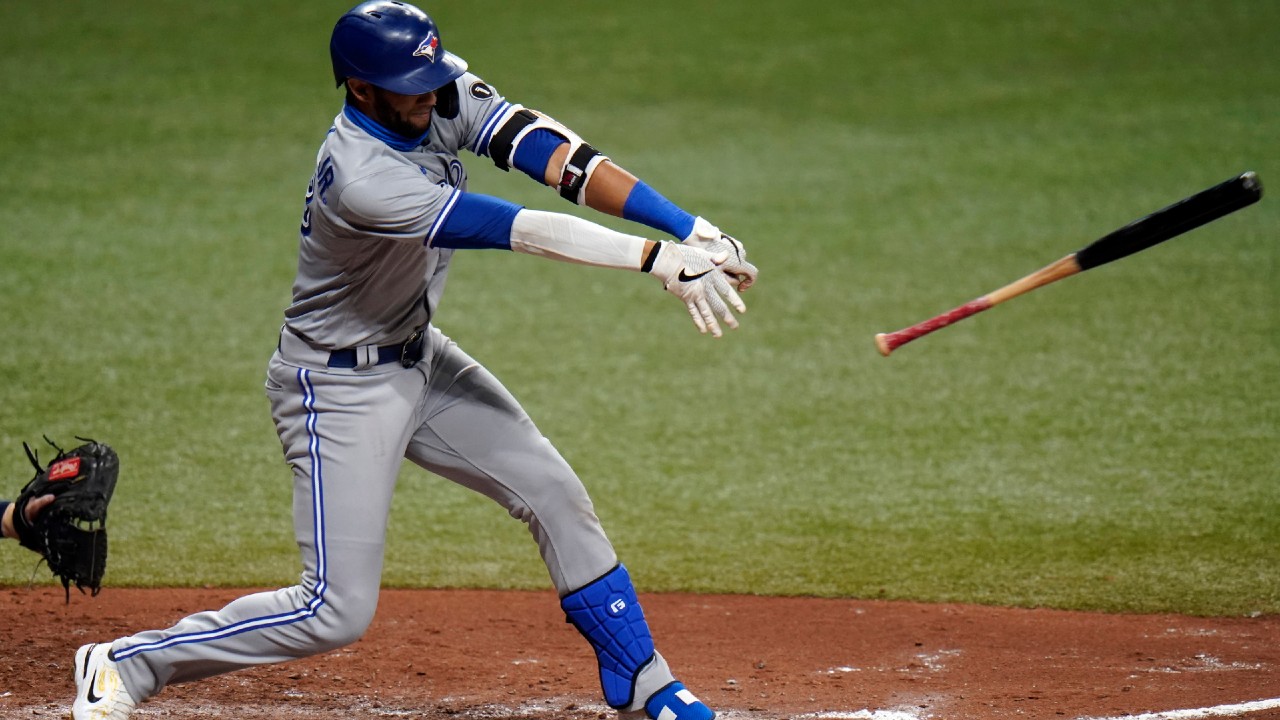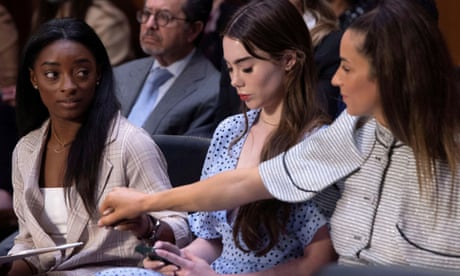
TORONTO – Keep debating the merits of the Toronto Blue Jays’ pitching strategy all you like, but for Game 1, at least, it worked. Matt Shoemaker and Robbie Ray combined for six innings of relatively uneventful one-run ball, and if ace Hyun-Jin Ryu pitches similarly with his team’s season on the line Wednesday everyone will be thrilled.
That isn’t what cost them their first post-season game since 2016, and it won’t be what costs them the series.
The more glaring concern coming out of Tuesday’s 3-1 loss to the Tampa Bay Rays is the way lefty Blake Snell overpowered Toronto with a fastball that averaged 95.3 mph, and mixed in his secondary weapons to induce 15 swings out of the zone that led to a foul ball or a miss.
Relievers Diego Castillo, Nick Anderson and Pete Fairbanks also got the Blue Jays to chase, and the departure from the more-disciplined approach is something they’ll need to address before stepping in against Tyler Glasnow with win-or-go-home stakes.
Shoemaker, pitching for the first time since throwing three strong innings against the New York Yankees on Sept. 21, shoved right out of the gate, and was so in control that he needed only 35 pitches to skip through three innings on two weak hits.
That’s why he had to be calmed in the dugout when pitching coach Pete Walker and manager Charlie Montoyo told him he was done. He eventually calmed, perhaps when reminded that this is certainly what looked like the club’s predetermined plan, and Ray took over.
The first batter he faced, Randy Arozarena, ripped a leadoff triple, and after a Nate Lowe strikeout, Ray ripped off a full-count slider to Willy Adames for ball four that just barely squirted through catcher Danny Jansen’s legs as he slid over to block it.
The ball rolled away just far enough for Arozarena to scamper home for a 1-0 lead.
Ray settled in from there with two shutout innings and the Rays were held quiet until the seventh, when Joey Wendle worked a one-out walk off A.J. Cole, who served up a middle-middle cutter that Manuel Margot lined over the wall in left.
The Rays got creative with their pitching deployment, too, pulling Snell with two outs in the sixth despite him allowing only one hit and a walk while striking out nine.

Alejandro Kirk led off the sixth with a single, but was stranded by Castillo, who put on a pair with one out in the seventh. That’s when the Rays turned to Anderson, who got Teoscar Hernandez and pinch-hitter Joe Panik to end the threat.
Toronto finally broke through in the eighth, as pinch-hitter Rowdy Tellez – a surprise addition to the post-season roster – singled, Cavan Biggio doubled and Bo Bichette brought Tellez home with a sacrifice fly. Randal Grichuk followed with a liner to Adames at short, placed well by the Rays, for the final out.
Fairbanks triple-digit fastballed his way around a Lourdes Gurriel Jr. double in the ninth to close things out.
The decision to go with the Shoemaker/Ray tandem over Ryu in Game 1 is among the most polarizing in recent Blue Jays playoff history. A good comparable came in Game 4 of the 2015 AL Division Series, when then-manager John Gibbons pulled R.A. Dickey with two out in the fifth and a 7-1 lead over the Texas Rangers, bringing in David Price in a call that locked in Marcus Stroman as the starter in the decisive fifth game.
While few understood that call, before that game Gibbons watched the Kansas City Royals rally from a 6-2 deficit to stave off elimination with a 9-6 win over the Houston Astros, and was determined to not give the Rangers any life.
This time, the Blue Jays were dealing with vastly different circumstances, facing an opponent eight games better than them in the standings and deeper on a number of levels. That prompted the club to holistically examine how to attack a three-game series – a first for Major League Baseball – and they determined that “in this scenario, Game 1 seemed much less significant than in a traditional scenario, significantly different,” Atkins said.
“We viewed the advantage (in) being able to put our most consistent piece in the middle of those potentially 27-plus innings, as we thought through our strategy, with the added benefit of getting an extra day rest for Hyun-Jin Ryu, an extra day of rest for Taijuan Walker, and then giving our bullpen the chance to be its strongest on Game 1 and Game 3.”
That bucks conventional thinking, fuelling the debate. Since the wild-card era began in 1995, teams that win Game 1 are 126-49 in the series, regardless of round or length, which is why Ryu seemed like an automatic, if he didn’t physically need an extra day.
The Blue Jays and Ryu both said that wasn’t the case, but part of their calculations was that an inability to bring the Game 1 starter back again in a best-of-three – as opposed to making two starts in a longer series – minimized some of the incentive. Another factor was that pitching in Game 2 would still allow Ryu to pitch the opener of the division series, should they get that far.
Also, the Blue Jays felt that if the Rays stacked their lineup with left-handed bats against Shoemaker, putting in Ray would force them to surrender platoon advantage against the lefty, or the righty relievers to follow him later.
Cleverly, Rays manager Kevin Cash countered that by only stacking left-handed batters – Yoshi Tsutsugo and Brandon Lowe – in the first two spots of the order, alternating righties and lefties from there. They only made one move during Ray’s three innings – hitting Hunter Renfroe for Tsutsugo in the fifth.
These types of machinations are part of why the Blue Jays hired Montoyo, after first pursuing his staff-mate on the Rays in Rocco Baldelli, who instead opted for the Minnesota Twins’ managerial opening.
Montoyo brought with him a window into the Rays’ highly respected methodology, so perhaps it shouldn’t be surprising that the Blue Jays sought to emulate it.
“That’s one thing I got in every interview I did, it was about the opener and the Rays and the things that they did,” Montoyo said. “So it wasn’t only Ross, it was also with the other teams that (I) interviewed with because credit to the Rays, they’re so creative and what they do is different. At first it looks like, ‘What are they doing?’ But they’re not afraid to take a chance. And that’s what we’re doing here. We’re trying to be creative playing one of the best teams in baseball. That’s why we’re doing what we’re doing.”
In terms of giving themselves a chance, it worked, but in the way it really matters, the final result, there’s going to be little solace in that for the Blue Jays.





